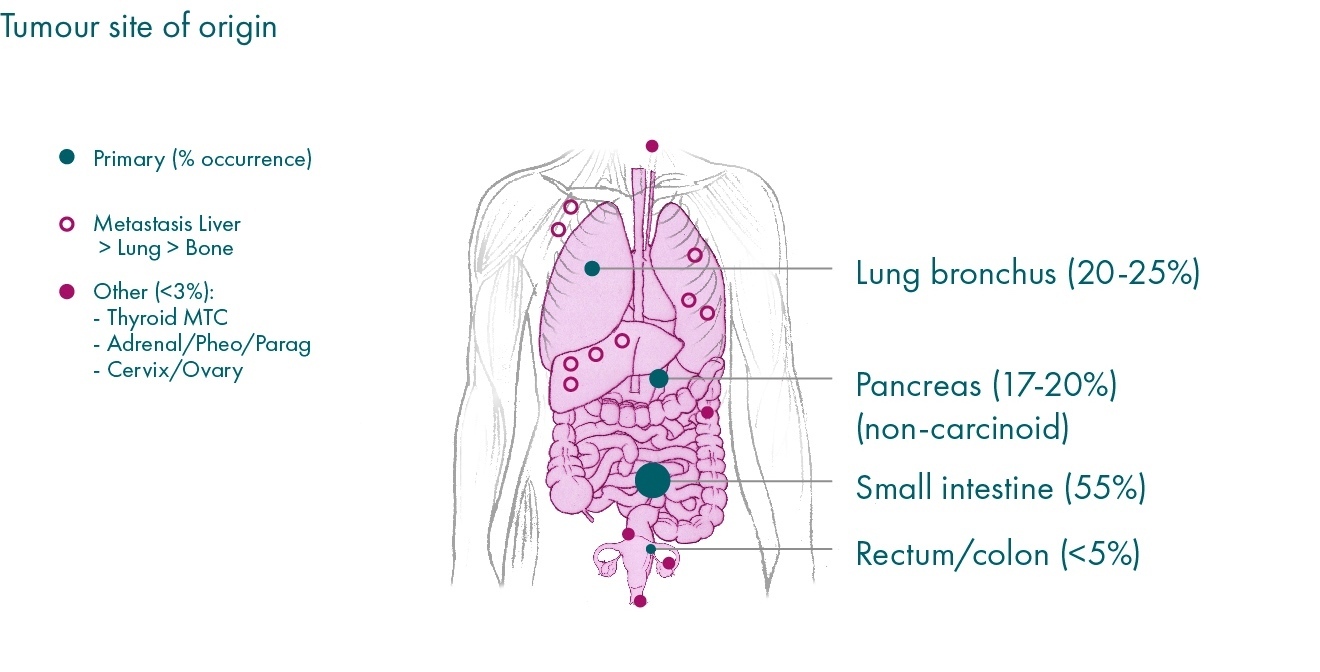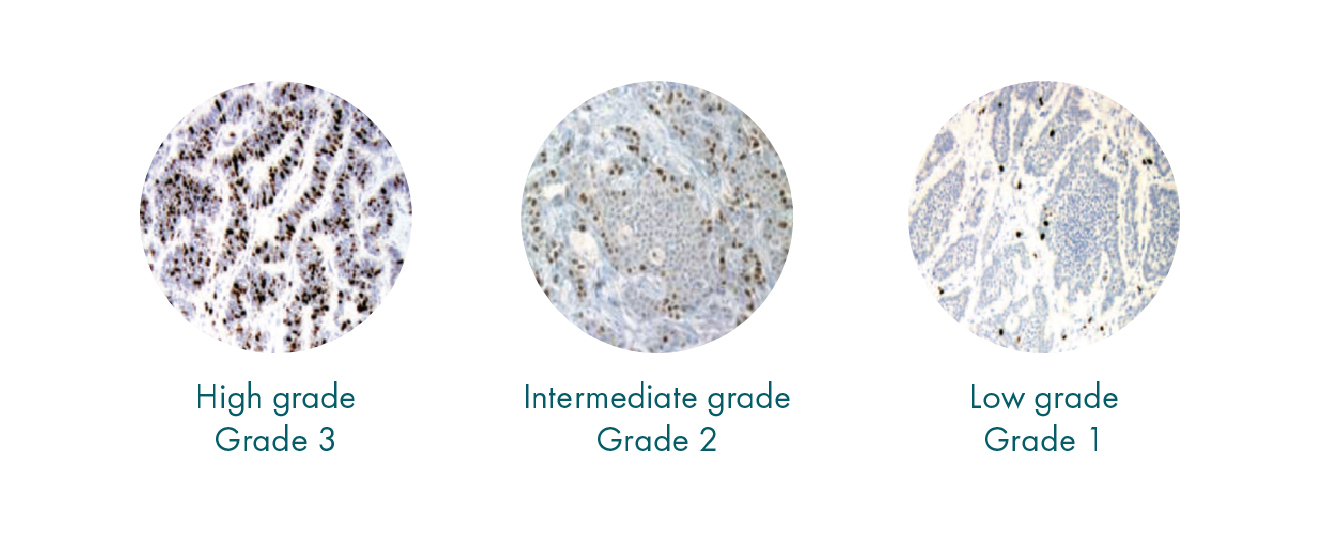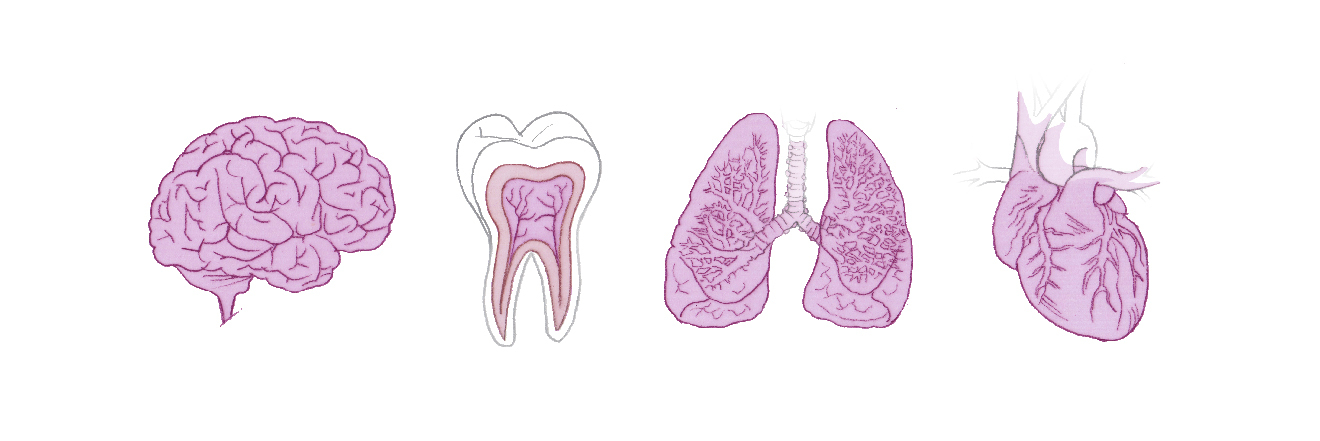Once you’ve been diagnosed, and your doctor knows more detail about your case, they can put together a treatment plan for you.
How a neuroendocrine tumour is treated will depend on your individual circumstances, such as:1

Stage and grade of the tumour

General health of the patient

Treatment might include one, two or more different elements, each working to attack the tumour and/or improve your symptoms in different ways:1,2
- Surgery – to remove all or some of the tumour, and ease some symptoms
- Radiotherapy – which helps to kill off tumour cells
- Chemotherapy – drugs used to help kill off tumour cells
- Medications
If your GEP-NET is small and has not spread, surgery can usually remove the tumour completely, and you won’t need any further treatment. If the GEP-NET has spread to other parts of the body (metastasised), the treatments you have will be designed to help reduce your symptoms and give you a better quality of life.
REFERENCES:
-
NHS. Neuroendocrine tumours. Available at:https://www.nhs.uk/conditions/neuroendocrine-tumours/ Last accessed September 2020.
-
CRUK. Surgery types. Available at:https://www.cancerresearchuk.org/about-cancer/neuroendocrine-tumours-nets/treatment/surgery/types. Last accessed September 2020.


